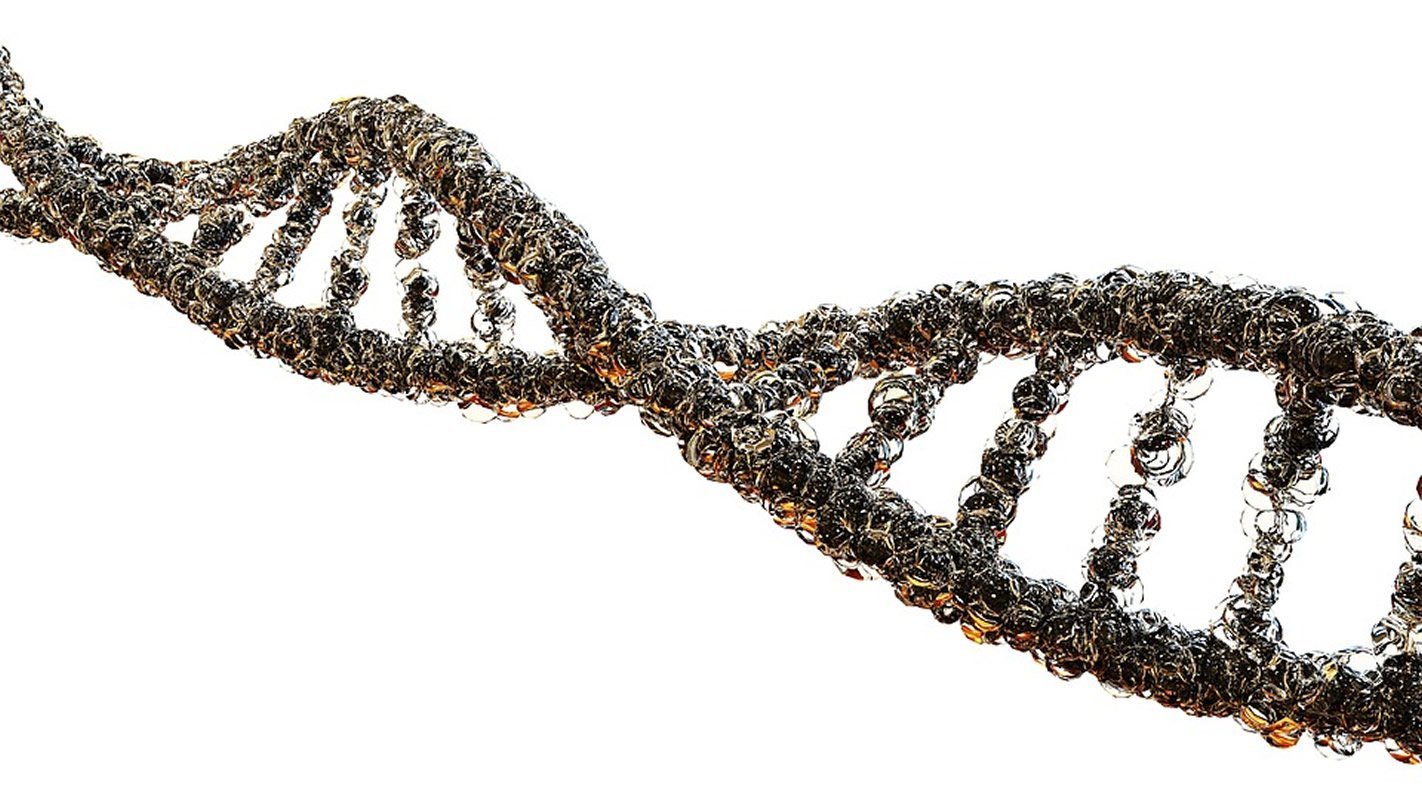Summary: Psychopathy is associated with altered expression of genes and immune responses related to molecular pathways. In neurons, the up-regulation of PRL10P9 and ZNF132 and down-regulation of CDG5 and OPRD1 were linked to psychopathic behaviors. The genetic expression explained up to 92% of the variance of psychopathic symptoms. Researchers speculated these genes may be relevant to the lack of empathy and emotional callousness associated with psychopathy, as previous studies have linked a number of these genes to ASD and problematic social behaviors.
Source: University of Eastern Finland
The expression of many genes that have previously been associated with autism is abnormal also in violent psychopathy, a new study shows. The researchers used stem cell technology to analyze the expression of genes and proteins in the brain cells of psychopathic violent offenders. Published in Molecular Psychiatry, the findings may open up new avenues for the treatment of psychopathy. The study was carried out in collaboration between the University of Eastern Finland, the University of Helsinki and Karolinska Institutet in Sweden.
Psychopathy is an extreme form of antisocial behavior, with about 1% prevalence in the general population, and 10-30% prevalence among incarcerated criminal offenders. Psychopathy is known to be strongly hereditary, but whether or not it is associated with abnormal expression of genes or proteins in neurons has remained unclear- up until now.
In the newly published study, the researchers used stem cell technology to analyze the expression of genes and proteins that have been associated with psychopathy. The study participants’ skin cells were used to create pluripotent stem cells, which were then differentiated into cortical neurons and astrocytes. The study population comprised of psychopathic violent offenders and healthy controls. Since psychopathy was accompanied by substance abuse, the study population also included non-psychopathic substance abusers. This made it possible for the researchers to determine which abnormalities were associated exclusively with psychopathy.

The study shows that psychopathy is associated with robust alterations in the expression of genes and immune-response-related molecular pathways. Several of these genes have also been linked to autism. In neurons, psychopathy was associated with marked upregulation of RPL10P9 and ZNF132, and downregulation of CDH5 and OPRD1. In astrocytes, RPL10P9 and MT-RNR2 were upregulated. The expression of these genes explained 30-92% of the variance of psychopathic symptoms. Psychopathy was also associated with altered expression of proteins related to glucose metabolism and the opioid system.
Several earlier studies have suggested that violent and psychotic behavior are associated with alterations in glucose metabolism and opioidergic neurotransmission. The new findings support the idea of abnormal opioid system function being a factor underlying psychopathy. This suggests that using long-lasting injections of naltrexone or buprenorphine to balance the opioid system could be a feasible treatment for psychopathy.
Source:
University of Eastern Finland
Media Contacts:
Jari Koistinaho – University of Eastern Finland
Image Source:
The image is in the public domain.
Original Research: Open access
“Neurobiological roots of psychopathy”. Jari Tiihonen, Marja Koskuvi, Markku Lähteenvuo, Pekka L.J. Virtanen, Ilkka Ojansuu, Olli Vaurio, Yanyan Gao, Ida Hyötyläinen, Katja A. Puttonen, Eila Repo-Tiihonen, Tiina Paunio, Marja-Riitta Rautiainen, Sasu Tyni, Jari Koistinaho, Šárka Lehtonen..
Molecular Psychiatry. doi:10.1038/s41380-019-0488-z
Abstract
Neurobiological roots of psychopathy
Psychopathy is an extreme form of antisocial behavior, with about 1% prevalence in the general population, and 10–30% among incarcerated criminal offenders. Although the heritability of severe antisocial behavior is up to 50%, the genetic background is unclear. The underlying molecular mechanisms have remained unknown but several previous studies suggest that abnormal glucose metabolism and opioidergic neurotransmission contribute to violent offending and psychopathy. Here we show using iPSC-derived cortical neurons and astrocytes from six incarcerated extremely antisocial and violent offenders, three nonpsychopathic individuals with substance abuse, and six healthy controls that there are robust alterations in the expression of several genes and immune response-related molecular pathways which were specific for psychopathy. In neurons, psychopathy was associated with marked upregulation of RPL10P9 and ZNF132, and downregulation of CDH5 and OPRD1. In astrocytes, RPL10P9 and MT-RNR2 were upregulated. Expression of aforementioned genes explained 30–92% of the variance of psychopathic symptoms. The gene expression findings were confirmed with qPCR. These genes may be relevant to the lack of empathy and emotional callousness seen in psychopathy, since several studies have linked these genes to autism and social interaction.






